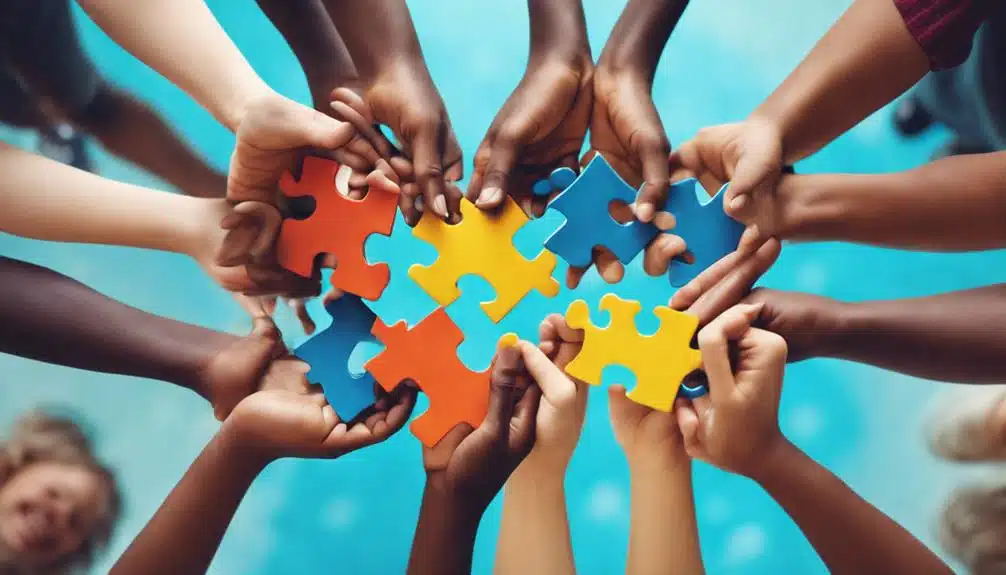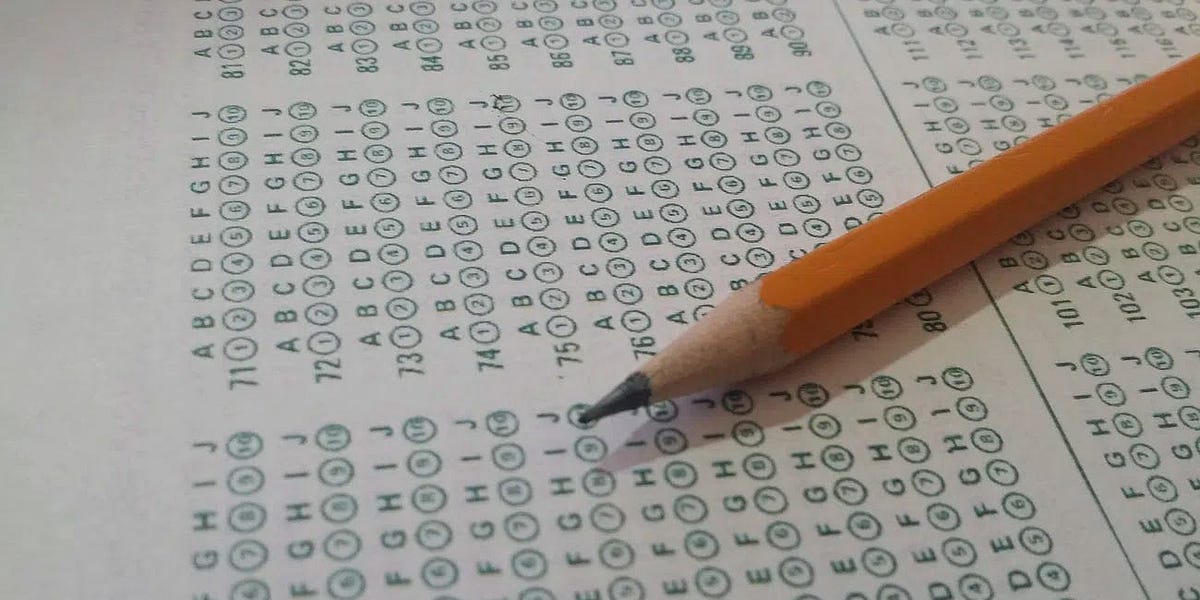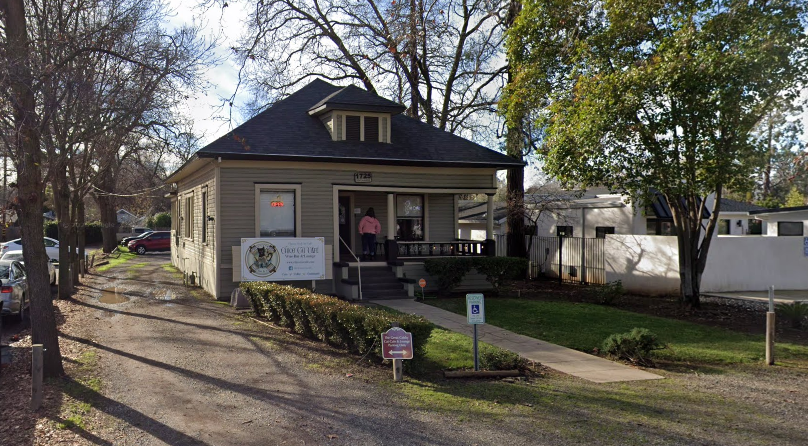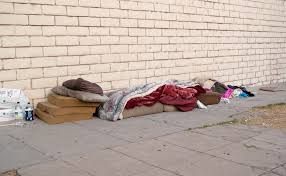“F#ggot.” I sat there, slack jawed on the uncomfortable metal bench on the cool fall day as a passing student casually threw the slur at me. I packed away the protein bar I was previously chipping away at, my stomach too full of stress and anxiety for food. The calm and soothing atmosphere of the sun-soaked day evaporated around me like water on a hot Chico day. The clouds in the distance that once seemed grand took on a threatening hue. All it took was a single word to rip a chasm in my perfect day. I’ve never dated someone of the same gender, I don’t even fit any of the stereotypes surrounding gay people, but hate speech doesn’t care. The passerby must have thought I was a good target for such harassment, proving that hate speech doesn’t target just those in minority groups, but anyone that is perceived as vulnerable.
Many people seem to believe that being able to do something justifies doing it. This is the case with hate speech in the United States, where people justify hate speech under its legality. I believe that it is evident that although it is legal, hate speech shouldn’t be acceptable, both due to the very real threat it poses to vulnerable groups, but also due to its divisive nature. To truly understand hate speech, we must first delve into the legality of it. Hate speech is often described as language that is hateful towards or encourages violence towards people based on race, ethnicity, religion, sexuality, gender identity, or similar grounds. The First Amendment gives the freedom of speech to the people, an essential right that protects democracy as a whole, but it also protects hate speech as a result.
“Sticks and stones may break my bones, but words will never harm me.” Looking back at this popular children’s saying I marvel at how wrong it is. In a recent report given by the Federal Bureau of Investigation, we can see a relationship between rising anti-LGBTQ sentiment in the United States and hate crimes. In 2023 alone, more than one in five hate crimes were motivated by homophobia and transphobia. With a 16 percent increase in hate crimes against transgender individuals and a 23% increase in hate crimes against gay people, there is a significant increase in the number of hate crimes perpetrated against LGBTQ people. Not coincidentally, hate speech of all kinds has been on the rise in the past decade. Hate speech is dangerous as it encourages violent behavior towards vulnerable groups in the population by dehumanizing them. If you can reduce an entire person to a slur, or claim a moral or scientific superiority to them, then it is much easier to do unspeakable things to them.
Those that believe that hate speech should be socially permissible typically maintain the threat of a slippery slope. If hate speech shouldn’t be socially permissible, then who determines what qualifies as hate speech? Qualifying things as socially acceptable or not is a slippery slope, as it could lead to a world full of self-censorship where everyone is too timid to share their opinion in fear of being shunned socially. While such arguments are certainly worthy of consideration, they ignore the direct and present harm of hate speech, and instead present a hypothetical future catastrophe where they are the victim. In this scenario, the ever present threat of hate speech to vulnerable populations isn’t apparent to them, so they focus on the illusionary situation where they play the role of the victim. Another common defense of hate speech is present in discussions of how people are sensitive and shouldn’t let just some words harm them. While this makes a twisted sense at a glance, it completely unravels when confronted with the facts of the situation. Even completely disregarding the violence that hate speech encourages, hate speech can result in negative life outcomes for those harmed by it. In a study led by Sav Zwickl and Alex Fang Qi Wong, it was found that lack of social support was one of the primary causes behind suicidal ideation in transgender and gender diverse people. Hate speech kills, plain and simple.
Hate speech’s legality doesn’t stop it from being a force of great harm and discontent among the public. Not only targeting people from minority groups and vulnerable populations, but those believed to be from such groups. It doesn’t matter if you are sitting on that metal bench to wait for your same gender partner, or to eat a disagreeable protein bar, anyone can be the subject of hate speech. In addition, hate speech makes it more socially acceptable to discriminate against or take violent action against minority groups. The rise of hate speech in the United States has been met with an increase of hate crimes, painting a clear picture of what will happen if hate speech is allowed to flourish. While some may argue that socially punishing any behavior can create a slippery slope, they are directly ignoring the very real threat that hate speech poses to people. But what can we do to create a more positive environment where hate dries up like an unpleasant mass on the ground? It is quite simple actually, we speak up about it and we educate ourselves and other people. A large portion of hate is based on ignorance, which is easily slain with the blade of knowledge. Sometimes, even when presented with all the facts of the situation, people choose to be hateful. In this situation, we simply must use the simple power of socially recognizing their weird behavior. For, if anything is weird, it is obsessing over a group of people and basing how you speak about how much you hate them. A much simpler form of resisting hate speech is by simply ignoring it. The average American receives over 100,000 words from the media each day, according to page 15 of Inside Reporting, making information a relatively competitive market. If we simply show that hate speech doesn’t get engagement and our attention, then it is likely to reduce as a result. In the end, we are all human, and we should all treat each other with respect and love, rather than waste our energy on hate.





















